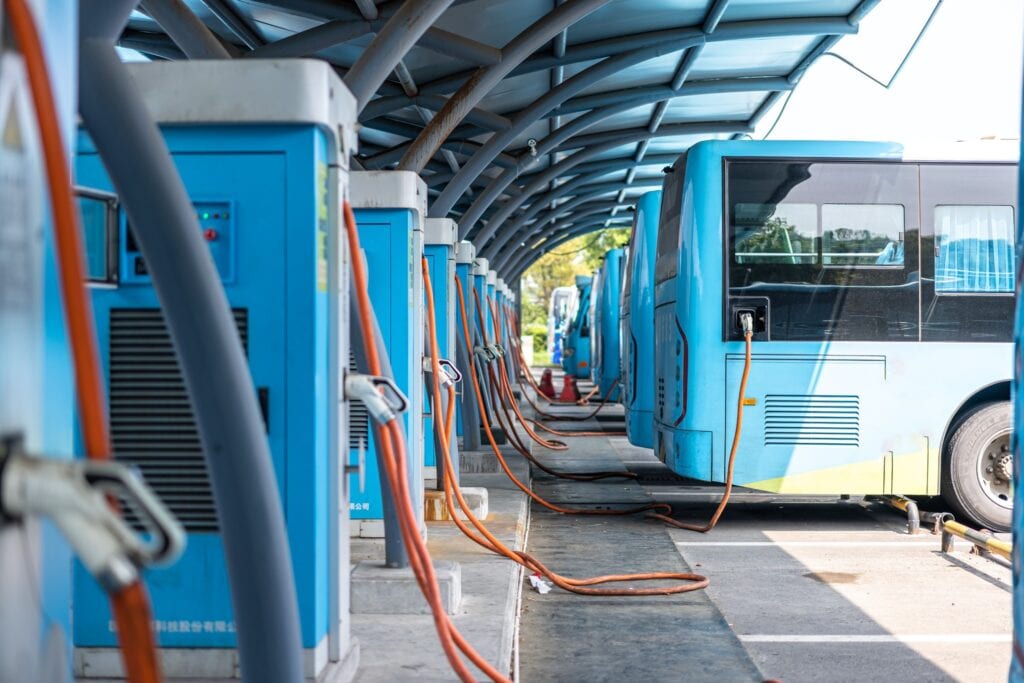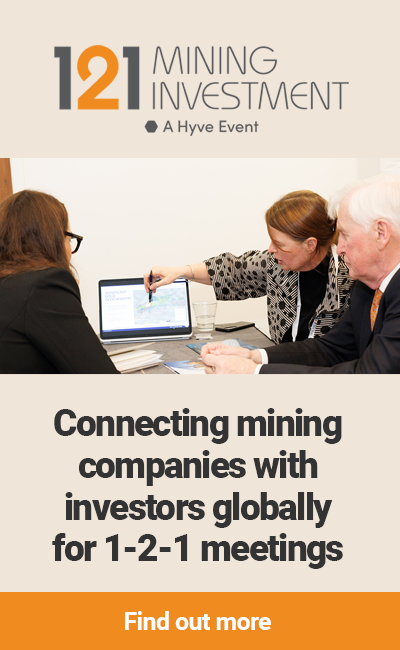Across the globe, different countries and regions are identifying what they consider are minerals that are critical to their short-term and long-term futures.
With an eye on China and its moves to lock up key supplies of a number of critical minerals, countries and regions are continually adjusting their critical minerals lists.
For example, market watchers have asserted that one of China’s key actions in Africa is a push to lock up the supply of critical minerals, such as cobalt and rare earth metals.
In response, leading minerals suppliers and purchasers, continue to refresh or add to their “critical minerals” lists.
The Australian definition
So, what are critical minerals? Well, that may depend on what raw materials are available and which areas scientists have identified as potentially being drivers for a country’s future stability and growth.
According to Geoscience Australia (GA), critical materials are metals and non-metals that are considered vital for the economic well-being of the world’s major and emerging economies, yet whose supply may be at risk due to geological scarcity, geopolitical issues, trade policy or other factors.
GA says the minerals ranked as most critical by the U.S., Japan, Republic of Korea, the European Union (EU) and the UK are rare-earth elements (REE), gallium (Ga), indium (In), tungsten (W), platinum-group elements (PGE) including platinum (Pt) and palladium (Pd), cobalt (Co), niobium (Nb), magnesium (Mg), molybdenum (Mo), antimony (Sb), lithium (Li), vanadium (V), nickel (Ni), tantalum (Ta), tellurium (Te), chromium (Cr) and manganese (Mn).
However, according to GA, although these minerals are critical for the world’s major industrial economies, Australia’s perspective is different in that domestic demand for most major and minor minerals is relatively small and is far outstripped by Australian production of those minerals.
The two notable most notable exceptions are phosphate and potash, used in fertilisers, which are considered essential for Australia’s agricultural industries with the nation, at present, not self-sufficient in these commodities.
Keith Pitt, Minister for Resources, Water and Northern Australia, said, “the Australian Government is committed to bringing on new supplies of critical minerals and developing this emerging sector to meet growing global demand.”
“Developing our critical minerals processing capability will ensure Australian companies can move down the value chain, getting greater value out of the products they produce.”
Chief executive of the Australian Mines and Metals Association (AMMA), Steve Knott, says critical minerals, “such as those used in the latest battery and renewable energy technologies, is an area of huge growth potential for Australia.”
Canada already richly endowed
Meanwhile, Canada recently released its “critical minerals” list, with the nation’s Minister of Natural Resources, Seamus O’Regan Jr., announcing the updated list’s release during the virtual Prospectors & Developers Association of Canada’s (PDAC) 2021 Convention.
The list includes 31 minerals considered critical for the sustainable economic success of Canada and its allies – highlighting minerals that can be produced in Canada and which are essential to domestic industry and security with the potential to support secure and resilient supply chains to meet global demand.
Canada’s new “critical minerals” list of 31 minerals prioritises building an industrial base for the low-carbon, digitized economy, and provides greater certainty and predictability to industry, trading partners and investors on what Canada has to offer.
For example, Mr O’Regan Jr says Canada is the only Western nation that has an abundance of cobalt, graphite, lithium, and nickel, essential to creating the batteries and electric vehicles of the future.
And there are other areas where Canada’s minerals can play an important role in global markets, through its “mines to mobility” approach. Canada is the world’s second-largest producer of niobium, an important metal for the aerospace industry, and the fourth largest producer of indium, a key input in semi-conductors, as well as many of the materials needed for advanced vehicle manufacturing.
“The 31 critical minerals on Canada’s list are used to develop clean technologies, from solar panels to EV batteries. They’re all essential to lowering emissions, increasing our competitiveness, and strengthening our energy security. Canada’s list signals to investors where Canada will focus and where Canada will lead. Critical minerals will get us to net-zero,” Mr O’Regan Jr, declared.

Canada’s updated “critical minerals” list is made up of: Aluminium, Antimony, Bismuth, Cesium, Chromium, Cobalt, Copper, Fluorspar, Gallium, Germanium, Graphite, Helium, Indium, Lithium, Magnesium, Manganese, Molybdenum, Nickel, Niobium, Platinum group metals, Potash, Rare earth elements, Scandium, Tantalum, Tellurium, Tin, Titanium, Tungsten, Uranium, Vanadium and Zinc.
The U.S. dependant on imports for some commodities
The United States Geological Survey (USGS) recently updated a report on US mineral resources for selected critical mineral commodities. This report refreshed a 1973 USGS report which was published when many of the commodities that are covered in the new volume were only of minor importance. Today, the USGS says advanced technologies have increased the demand for and production of mineral commodities for nearly all elements in the periodic table.
The USGS says there is a broad range of existing and emerging technologies which are generating unprecedented demand for less-common commodities such as lithium, indium, tellurium, gallium, antimony, beryllium, and rare earth elements (REE).
The problem is that for a variety of reasons, supplies of these elements tend to lag significantly behind demand in the U.S. One of the principal causes of this lag is the limited amount of exploration done in the last few decades for new sources of many critical minerals.
The USGS has established a risk tool to help ensure that these essential commodities will be available.
Currently, 23 mineral commodities are among those viewed as important to the national economy and national security of the U.S.: antimony, barite, beryllium, cobalt, fluorite or fluorspar, gallium, germanium, graphite, hafnium, indium, lithium, manganese, niobium, platinum-group elements, rare-earth elements, rhenium, selenium, tantalum, tellurium, tin, titanium, vanadium and zirconium.
The USGS report says that for a number of these commodities – for example, graphite, manganese, niobium, and tantalum – the U.S. is currently wholly dependent on imports to meet its needs.
The view from the EU
The EU’s critical raw materials list for 2020 features antimony, baryte, bauxite, beryllium, bismuth, borate, cobalt, coking coal, fluorspar, gallium, germanium, hafnium, heavy rare earth elements, indium, light rare earth elements, lithium, magnesium, natural graphite, natural rubber, niobium, phosphate rock, phosphorus, platinum group metals, scandium, silicon metal, strontium, tantalum, titanium, tungsten, and vanadium.
In September 2020, the European Commission unveiled an Action Plan on Critical Raw Materials and a foresight study for strategic technologies and sectors from the 2030 and 2050 perspectives.
A new list contained 30 critical raw materials, with lithium, which is considered essential for a shift to e-mobility, added to the list for the first time.
Maroš Šefčovič, the Commission’s Vice-President for Interinstitutional Relations and Foresight, stated that a secure and sustainable supply of raw materials is a prerequisite for a resilient economy.
“For e-car batteries and energy storage alone, Europe will for instance need up to 18 times more lithium by 2030 and up to 60 times more by 2050,” Mr Šefčovič said.
“As our foresight shows, we cannot allow to replace current reliance on fossil fuels with dependency on critical raw materials. This has been magnified by the coronavirus disruptions in our strategic value chains. We will therefore build a strong alliance to collectively shift from high dependency to diversified, sustainable and socially-responsible sourcing, circularity and innovation.”
With technology changing at a rapid pace, the list of critical minerals is of growing importance to the global economy and the mining sector that is discovering and developing them.










